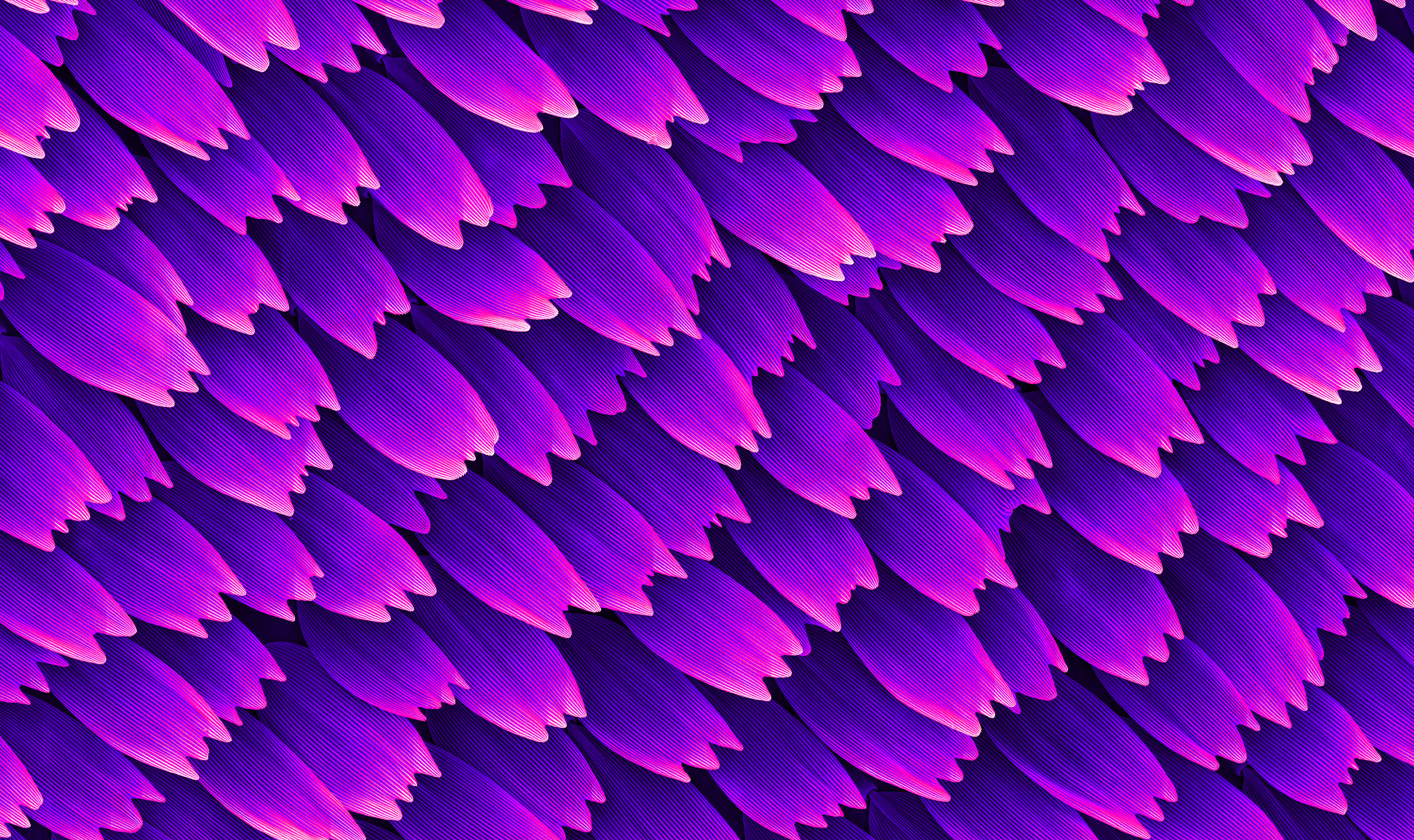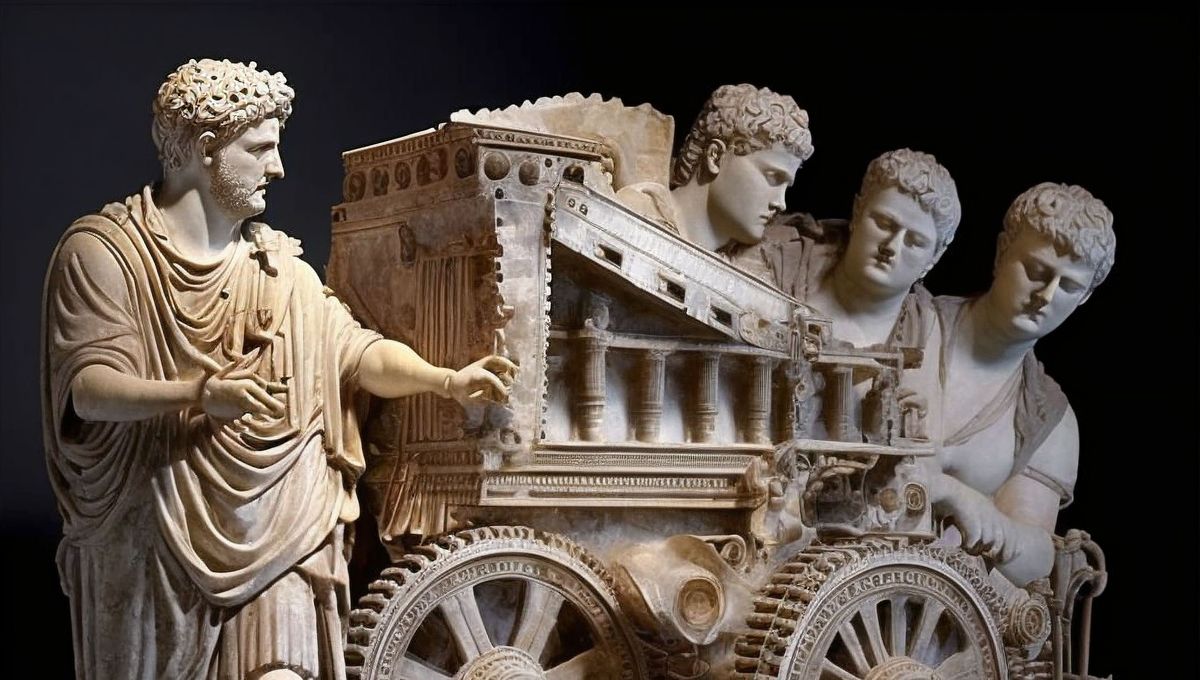Bio-inspired Engineering

- Publish On 19 November 2017
- Donald Ingber
Though the paradigm of the living may disrupt our vision of the world and our place in it, it also provides a source of inspiration for our ways of designing. Donald Ingber, the Director of the Wyss Institute for Biologically Inspired Engineering at Harvard, explains that our knowledge of the living has become such that we are now capable of developing innovations in engineering that take their inspiration from biological principles. With the goal of exploring the future of bio-engineering, the Institute was designed around a group of researchers from diverse disciplines, but also actors from the world of business, with the aim of mixing approaches and methods. Starting from the general principles of the living so as to apply them to problem-solving according to the principles of engineering, this work is more bio-inspiration than biomimicry. For architecture, it is a matter of taking inspiration from the way that nature builds in a hierarchical fashion, according to the open and metabolic processes of evolution through self-organization.
Could you begin by telling us about your activities?
I am head of the Wyss Institute for Biologically Inspired Engineering at Harvard, which was founded in 2009. Engineering has transformed the world over the past fifty years by taking engineering principles and applying them to solving problems in many fields, including medicine, industry, and architecture. We believe that we have now uncovered enough about how nature builds, controls, and manufactures from the nanoscale up that we are in a position to leverage biological principles in order to develop new engineering innovations for all types of applications. This is what we call “Biologically Inspired Engineering.” It is not Biomedical Engineering; it’s really something new.
So, initially you were studying engineering principles in order to understand biology, but now you are doing the reverse?
In medicine, most people know about genes, chemicals, and drugs, but the real revolutionary developments over the last thirty years have come from engineering —the artificial heart, pacemakers, artificial cochlear, and drug delivery systems are a few simple examples. The Institute came about because we were trying to envisage the future of bioengineering at Harvard. Although I trained in medicine and biology, I got into bioengineering because I realized you have to combine disciplines if you want to solve complex problems. I was asked to help build this institute, so we brought together a large group of people from across Harvard University and other institutions in the Greater Boston-Cambridge area who recognized that the boundaries between living and nonliving systems are literally breaking down. I am a biologist, but I publish in physics journals, while computer scientists, chemists, and physicists are publishing in biology journals. De facto boundaries are falling apart. Buckminster Fuller once said that “Nature has no departments of chemistry, biology, physics, or art” and it’s absolutely true. But we are trained that way, so wherever you are in the world, you have to forget your discipline and cross boundaries in order to find meaningful solutions.
This is also the essence of what we are trying to explore with our lab. We are saying that we want to break out beyond these divisions of knowledge. But there is a level of urgency and controversy now.
We are killing the planet, as we say in America.
We are killing the planet. We have a problem. I think that this has particular significance in our field—75 percent of the population will be living in cities in 2050. As architects, we feel quite involved in this situation and, personally, I feel that this should be a priority for us.
When we started this Institute, it was my feeling that we shouldn’t just focus on medicine. Thus, we also develop new bioinspired innovations to address important challenges in non-medical areas, including architecture, energy, manufacturing, and sustainability. I felt this was critical because I started a company (Molecular Geodesics Inc.) in the late 1990s focused on applying 3-D printing technology used for rapid prototyping in the automobile and aerospace industries as a tool for the fabrication of medical devices and artificial organs. I realized that there are industrial materials and architectural fabrication approaches that could revolutionize medicine and vice versa.
We have a lot to learn from the natural elements, the way they generate forms.
Self-assembly, self-organizing systems, autonomous control.
Resilience. A lot of what we are trying to achieve in our new city already exists in the natural world, but of course, we cannot romanticize it because everything is not perfect in nature.
There are now certain things that Man can actually do better than nature, like low-cost manufacturing, for example. The key is to take the best of both worlds and combine them in a way that is impactful. We use the term “bioinspired” instead of “biomimicry” because we are inspired by taking biological principles and applying them to other areas: fusing biological materials, such as living cells, with synthesized materials, mass fabrication, and microchip manufacturing. The challenges are huge: you have to do it inexpensively, and you have to be able to innovate quickly.
What I find interesting in your approach is that you want to move quickly from research to action.
Yes, this is a new model. We have hired over forty staff members who have worked in virtually any industry you can imagine, from pharmaceuticals to biotech, robotics, or tattoo companies. When you get people like that together in a room and you say, “Oh my God, I have a problem, does anybody have an idea how to make an artificial knee joint with these material properties?”, the answer might come from someone who worked on airplane engines or someone who worked on golf clubs, because of their knowledge of particular materials unique to those fields. Those people mix with students, fellows, and faculty and work together in a seamless way.
Could you explain to us how you developed your institute?
It has been organic. I would describe it as a process of self-organization. We use the bioinspired principles—we self-assemble and build hierarchically. It all came together behind a single concept: let’s use biological principles to develop new engineering innovations. In the practical sense, we were very lucky — we were kick-started with the largest single gift in Harvard’s history at the time; $125 million from the businessman Hansjörg Wyss. He said “I know big companies are great at product development but they can’t innovate” and “Academics innovate, but all they do is publish papers.” So, he wanted to see a startup in the midst of the world’s greatest academic environment that would have near-term impact. Once we hired one or two people from industry and they started to work with people in the Institute, we saw the power in this synergy. Then it became a self-organizing system because they would say, “We need this or that expertise.” Then another faculty would see how well they were working together and would say “I need someone from this industry as well,” and so it grew. We identified certain areas that we wanted to move toward, but the organization builds everything from the bottom-up. We have such creative scientists, engineers, and students that we can’t keep up with the ideas. What happens is a form of natural selection: the best ideas gain traction and support, and they others fall away or are “shelved.” The Institute acts almost like a company, because we have knowhow, resources, and incredible prototyping and fabrication facilities. It is a very different model; you don’t see this in academia anywhere else in the world.
From the way you describe it, the idea of using biology in engineering is not very far from trying to do it in architecture.
I think that’s absolutely right. We have people at the Institute working on materials that have artificial color or that can change color like butterfly wings, and it not due to chemical or pigments—it’s due to nano-structured surfaces. There are people working on ways to coat surfaces so that ice won’t stick to them. That may be useful for buildings, because you don’t want to carry weight, but it turns out that it also has the potential to be incredibly important for material sustainability and other energy efficiencies, for example, you could imagine it in refrigeration units. Recently, I worked on a material that’s a biodegradable plastic inspired by insect cuticles; it has the strength of aluminum but only one eighth of the weight. You could imagine using it instead of plastic or all kinds of other materials.
But these ideas haven’t gone out into the academic world or the architectural world yet?
Not in the architectural world, because in my experience it’s a conservative world. You have code restrictions, safety issues, and it’s been hard for us to see how to commercialize it given the tough price constraints. Architecture does not have a big venture investor community. I know that France has been trying to address this for a long time in the biotechnology area; starting twenty years ago, I have had meetings with people here in France who wanted to develop a more dynamic investment community. I hope this happens in the future.
Our general objective is to build more sustainable, more resilient buildings. There are resonant elements in what you have said. We want to develop this at the building level, at the neighborhood level, at the city level.
A hierarchy.
Yes, it’s a metabolic view of cities as nature. John Fernandez at MIT is working on this idea of studying the city as metabolism and trying to define a typological system.
I am aware this has been done over the years. But I think it’s time to actually build based on biology and nature builds differently to Man. Man usually builds with bulk materials—a hunk of rubber, steel, or glass—but nature builds hierarchically. Cells and modular units with certain functionalities self-organize and self-assemble to create new higher orders structures that take on new functions. If you bring together different communities of cells—we call them tissues—say an epithelial tissue and a connective tissue, and combine them with a vascular tissue that functions like a plumbing system, you create an organ and again, new functions emerge. It really is architecture, but it is a living architecture, with incredibly efficient mobility, movement, communication, and integrated control capabilities. It also has amazing economies of scale and economies of metabolism, where the product of one component is used by its neighbor and vice versa. The question is, are there tangibles that could allow us to use real biological components in architecture? I think we are at a time where it’s possible.
We can see that a lot of ideas, concepts or solutions that were considered in the 1970s but never brought to life are now suddenly out in the open.
Exactly right, you see this all the time. Often in the emergence of a new field there are competing ideas, and then one wins out and the others are thrown away. But there is always value to an idea, even if we were not ready for it at the time. I do think, certainly in my world, that this idea of the “bioinspired” is taking hold in many disciplines, and I have seen this in architecture as well over the last five years. The question is, are we going to talk about it or are we going to do something?








